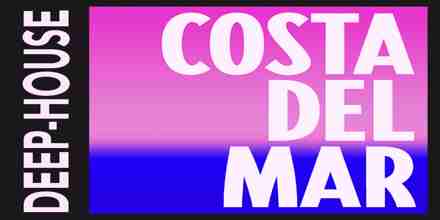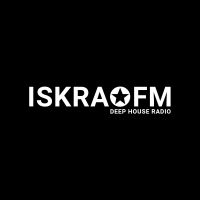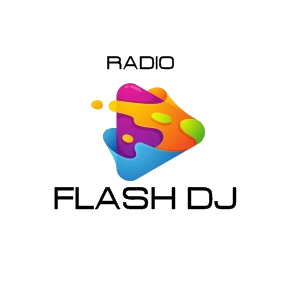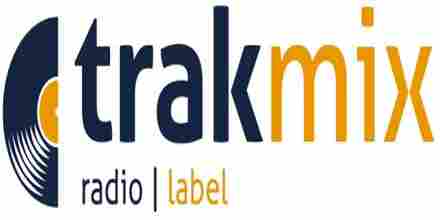Deep house is a subgenre of house music that emerged in the late 1980s and early 1990s, characterized by its soulful, melodic elements and slower tempos compared to other forms of house music. Originating from Chicago and Detroit, deep house quickly gained popularity in Europe, particularly in cities like London, Berlin, and Paris. The genre is known for its rich, atmospheric soundscapes, often featuring lush chords, intricate basslines, and a strong emphasis on groove.
One of the defining features of deep house is its use of jazz, soul, and funk influences. These elements are woven into the music through the incorporation of live instruments such as pianos, saxophones, and electric guitars, which add depth and warmth to the tracks. The tempo typically ranges from 110 to 125 beats per minute (BPM), providing a more relaxed and introspective vibe compared to faster-paced house music styles.
The production techniques in deep house often involve the use of analog synthesizers and vintage drum machines, which contribute to its organic and authentic feel. Producers frequently employ reverb, delay, and other effects to create spacious, immersive soundscapes that envelop the listener. The melodies are usually intricate and emotive, often featuring arpeggios and chord progressions that evoke a sense of nostalgia or longing.
Deep house tracks often have a slow build-up, gradually introducing elements such as percussion, basslines, and melodic motifs before reaching a climax. This structure allows for a more dynamic listening experience, keeping the audience engaged throughout the track's duration. The genre also places a strong emphasis on the quality of the mixdown, with producers meticulously balancing levels and frequencies to achieve a polished and professional sound.
Key artists in the deep house scene include Larry Heard (also known as Mr. Fingers), whose seminal tracks like "Can You Feel It" laid the foundation for the genre. Other influential figures include Kerri Chandler, Mood II Swing, and D'Jango, all of whom have contributed significantly to the development and evolution of deep house.
The genre has seen numerous sub-genres and offshoots over the years, including tech house, which incorporates elements of techno, and future house, which blends deep house with more modern production techniques. Despite these variations, deep house remains a beloved and enduring style within the electronic music community, appreciated for its soulful melodies, intricate arrangements, and timeless appeal.
Deep house has also had a significant impact on club culture, with dedicated DJs and producers curating sets that highlight the genre's rich history and diverse influences. Events like the Defected Croatia festival and labels such as Defected Records have played crucial roles in promoting deep house music globally, attracting fans from all corners of the world.
In recent years, there has been a resurgence of interest in deep house, with new artists emerging and older tracks being rediscovered by a new generation of listeners. This renewed enthusiasm has led to collaborations between established producers and up-and-coming talent, further enriching the genre's sound and expanding its reach.
Deep house continues to evolve, blending traditional elements with contemporary production techniques to create fresh and innovative sounds. Its enduring popularity is a testament to the genre's timeless appeal and its ability to adapt and thrive in an ever-changing musical landscape. Whether enjoyed in a bustling nightclub or on a quiet evening at home, deep house offers a unique and captivating listening experience that resonates with listeners across generations.
 Deep House RadioDeep House Radio
Deep House RadioDeep House Radio 2.7k
2.7k
 1
Romania, Bucharest Deep house
1
Romania, Bucharest Deep house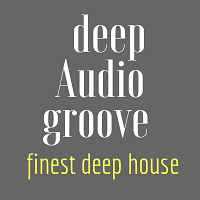 Deep Audio GrooveDeep Audio Groove
Deep Audio GrooveDeep Audio Groove 1.5k
1.5k
 1
United States, Binghamton Deep house
1
United States, Binghamton Deep house

